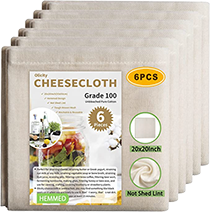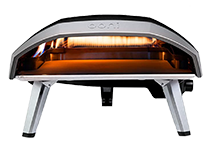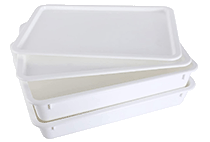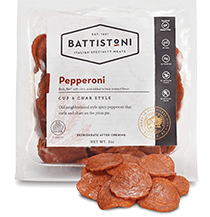Are you a home chef looking to take your pizza-making skills to the next level? You’ve got your perfect dough recipe, and your sauce is on point, so how can you keep leveling up your pizza-making skills?
Well, we have an idea, you can try your hand at making homemade mozzarella cheese. It’s actually so easy and fun to make your own mozzarella cheese!

You don’t need any special equipment to make homemade mozzarella cheese. You will be surprised at just how easy it is to make.
Once you learn, you will want to make your own mozzarella cheese for every pizza night.
What is Mozzarella Cheese?
Mozzarella cheese comes from southern Italy, traditionally made from Italian buffalo’s milk. It’s a fresh cheese made through the curd stretching method or pasta filate method. Since its a high moisture fresh cheese, it is usually consumed within a few days.
It’s stored in a brine that keeps the moisture consistent. There is a low moisture style of mozzarella cheese that can keep longer in the refrigerator.
Although mozzarella is traditionally made with Italian buffalo milk, it can also be made from cow, sheep, and goat’s milk.
Buffalo milk mozzarella or latte di bufala is more expensive and only found in some grocery stores or specialty shops.
Mozzarella made with cow’s milk or Fior di latte is a cheaper alternative found in most grocery stores.
Since you probably won’t be able to find buffalo milk to make your homemade mozzarella, you can make it with either cow or sheep’s milk. The key is to use milk that is not ultra-pasteurized.
Raw milk is best, but if you can’t find that, you can use regular whole milk or 2%. Whole milk will give the creamiest cheese, and while you can make it with low-fat milk, the cheese won’t turn out as well.
Why Make Homemade Mozzarella?
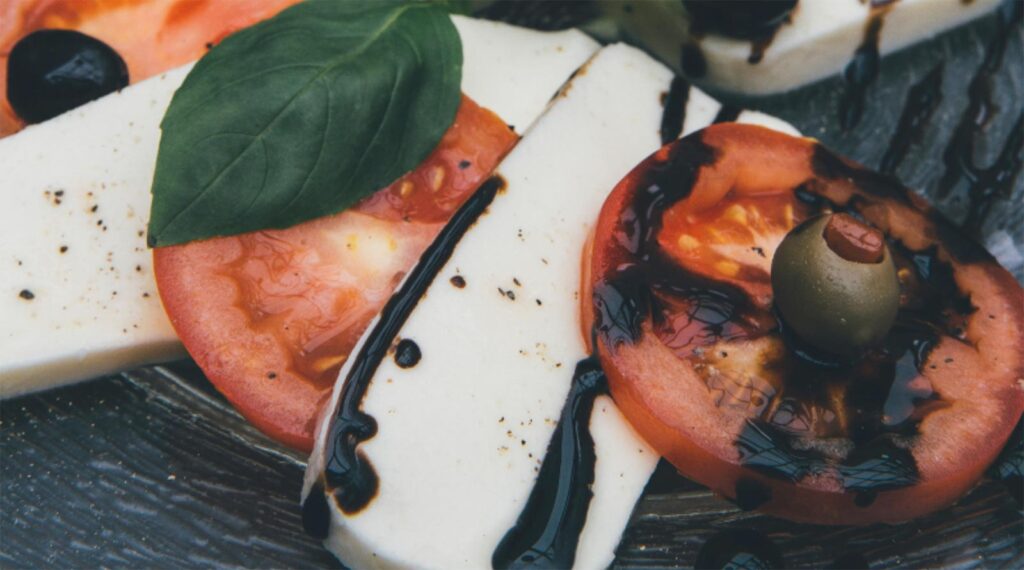
Making homemade mozzarella doesn’t take much time, and it yields yummy cheese. If you make a lot of pizzas like we do, it’s a great way to up your pizza-making game.
You can also use homemade mozzarella to make a Caprese salad or an elegant grilled cheese or add it to your charcuterie board. The possibilities are endless.
Store-bought mozzarella can be pricey, and making it at home cuts costs, and you get the satisfaction of knowing you made it yourself.
How to Make it at Home?
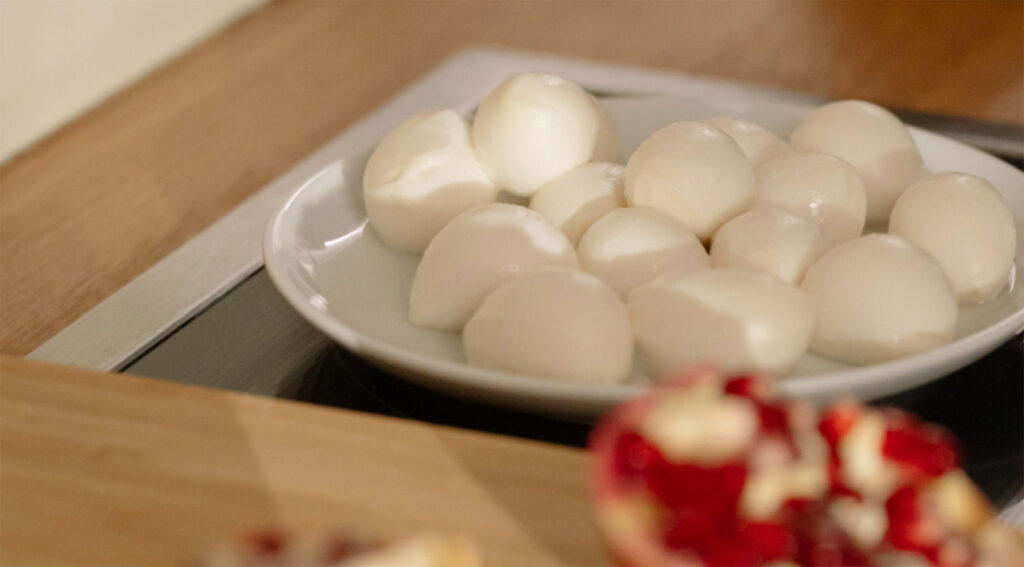
Ingredients You Will Need
Before you get started, you will want to gather your ingredients and equipment. There are two things that may be new to a novice cheesemaker: rennet and citric acid.
Rennet is a complex set of enzymes that work to coagulate and separate the solid curds from the liquid whey. You can find it in liquid or pill form, and there are vegetarian versions too.
It’s really the magic behind just about every cheese.
Citric acid is a powder form of the same acid that comes from limes and lemons. Its job is to make the curds stretchy and set the proteins.
Aside from these two essential pieces, you will also need a non-iodized salt like Kosher salt. Iodized salt won’t let the right bacteria form, and you will be left with a big inedible mess. So double-check you have the right salt.
- ¼ tablet or ¼ teaspoon of Rennet or vegetable rennet (Do not use Junket Rennet)
- 1 ½ teaspoon Citric acid
- 1 ¼ cup of Water
- 1 teaspoon Non-iodized salt
- 1 Gallon Fresh milk (cow or goat) whole raw milk or 2% (Avoid ultra-pasteurized or homogenized)
Kitchen Tools You Will Need
You probably already have most of this stuff in your kitchen, but if you don’t, you will need them to start making homemade mozzarella cheese.
- Digital kitchen thermometer
- Rubber gloves
- Large strainer
- Cheesecloth
- 5 quart or larger non-reactive pot (ceramic or stainless steel)
- Slotted spoon
Steps to Make Homemade Mozzarella Cheese
So now you have your tools and ingredients, so let’s get started.
Prepare the Citric Acid and Rennet
Measure 1 cup of water and mix with citric acid in a bowl. Stir until dissolved.
Next, in a separate bowl, mix ¼ cup of water and the rennet. Stir until dissolved.
Heat the Milk
Pour milk into the pot and warm while stirring in the citric acid warm to 90 degrees Fahrenheit. Then, remove the pot from the stove and add the rennet.
Wait 30 seconds, then stop stirring, cover the pot and let it rest for five minutes.
Cut the Curds
Put the pot back on the stove and heat on medium until 105 degrees Fahrenheit. Stir gently try not to break the curds too much.
They will start to clump and separate from the yellowish whey. Remove from heat while gently stirring for five more minutes.
Separate the Curds from the Whey
Remove curds from the pot with a slotted spoon and place them in a microwave-safe dish. Microwave the curds for one minute and drain the remaining whey.
Put on rubber gloves and fold the curds together, kind of like folding pizza dough. They will be similar to cottage cheese consistency.
Microwave the curds for another 30 seconds and check the temp. Keep heating up in 30-second spurts until the internal temperature is 135 F.
Stretch and Shape the Mozzarella
Add the salt and squish together, mixing them thoroughly. Stretch and fold the mozzarella until it becomes shiny and firm. Then, shape the mozzarella into balls.
You can do one big ball or little ones. We usually do one big one since we cut it and use it on pizza.
Use the homemade mozzarella immediately or store it in the refrigerator for a week in a solution of one cup of whey with a teaspoon of salt.
When you are ready to slice it up for pizza, dry the mozzarella ball with paper towels and slice as thick or thin as you like. Trust us. It’s so good you will want to eat it by itself.
What To Do With Leftover Whey
So after you make homemade mozzarella, you will notice you have a bunch of whey left. Don’t throw it out. Whey made as a by-product of using rennet is called sweet whey, and there are many ways to use it.
- Make homemade ricotta cheese to fill your homemade calzones
- Make homemade butter
- Add to smoothies for extra protein
- Soaking oats
- Making pancakes
- Use as a cooking liquid for rice, pasta, and grains
- Make lacto-fermented drinks like ginger ale and lemonades
- Use it in the garden or compost pile
Making homemade mozzarella isnt a daunting task. It’s an easy and fun way to go the extra mile for your homemade pizza.
Have you made your own mozzarella before? We’d love to hear any and all feedback.

